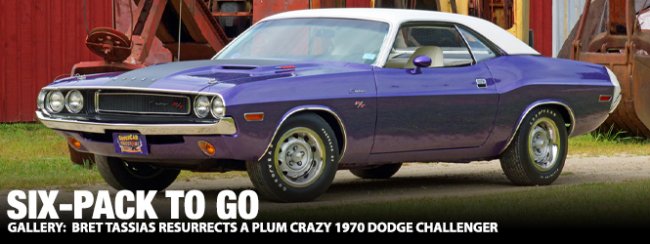
Since high school, Bret Tassias of Mystic, Connecticut, always wanted a Plum Crazy 440 Six-Pack Challenger with a 4-speed transmission. By chance, a former classmate noticed a Plum Crazy 440 Six-Pack with a Torqueflite listed for sale in the July ’95 Hemmings Motor News magazine. The automatic transmission stifled Bret’s interest, but he made the call.
When the Challenger’s details were shared, Bret was pleased to discover the Plum Crazy Challenger came with a vinyl top, bumblebee stripe, and interior all in white. After several emails and photos were exchanged, Bret traveled to Missouri to look over the Challenger. Pleased with what he saw, Bret overlooked the Torqueflite and purchased the Challenger on July 29, 1995.

The Challenger required plenty of work, but it was an original 440 Six-Pack Challenger backed by a Torqueflite automatic transmission and an 8 ¾” filled with 3.55:1 gears. Bret’s Challenger was one of 793 produced in 1970 with the Six-Pack and the Torqueflight. With help from friends, Bret started the restoration almost immediately after the purchase. As with most ’70-’74 Challengers, trunk floor rust and rear frame damage was a common concern, and Bret’s trunk floor did not escape rust injury.
While the trunk floor had only a few pinholes, it still required a replacement. However, the frame rail extensions were in good shape and were able to be reused. The area below the windshield wiper motor had rust due to a blocked drain hole that allowed debris to accumulate. To repair the trunk and the firewall, Bret found a donor car to supply the necessary sheet metal. After plenty of straightening and sanding, the Challenger was painted in the factory FC7 Plum Crazy hue.
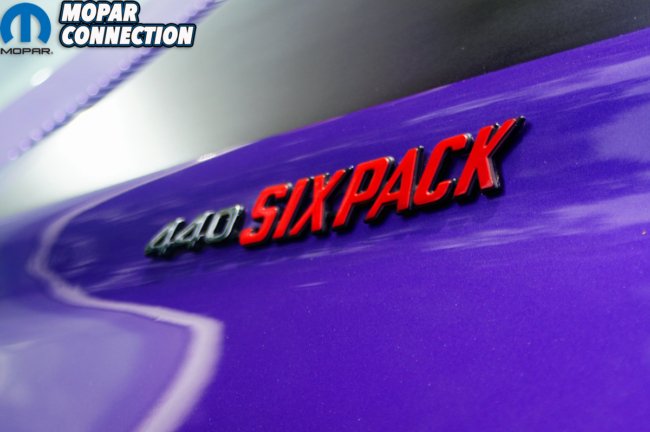
It turned out the Challenger’s Six-Pack engine was damaged beyond repair, so Bret scrambled to find another 1970 block. He traded a 1972 440-4bbl engine and cash for a 440 Six-Pack engine from a 1970 Coronet. The Six-Pack engine was recently rebuilt, so Bret slipped it into the Challenger’s cavernous engine bay. Sadly, soon after the engine break-in, the engine developed a pronounced noise that increased with run time.
Pulling off the valve covers exposed several bent pushrods and damaged rocker arms. Not satisfied with merely installing new pushrods and rocker arms, Bret pulled the engine back out of the engine bay to research the engine’s problem, which turned out to be pushrods of an incorrect length.
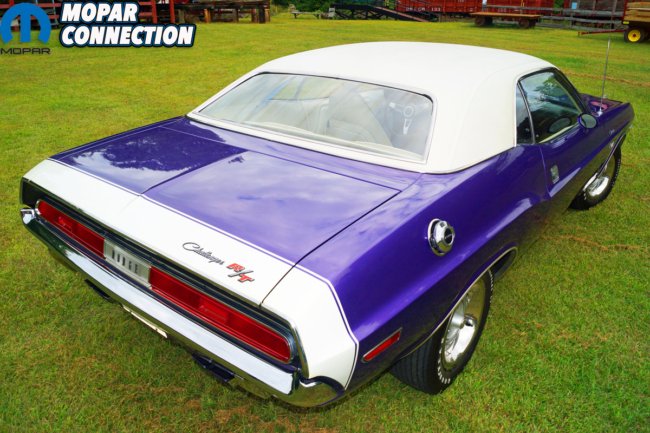
A local machine shop meticulously machined and reassembled the engine. While at the machine shop, Bret videotaped several dyno pulls performed on the 440 after the initial break-in. Satisfied with the 440’s performance, Bret stuffed the engine back into the Challenger. With the paint completed, the new engine nestled between the front fenders, and the interior restoration quickly ending, Bret registered the Challenger in Connecticut on June 19, 2002, with hopes of rolling a few miles on the odometer before the snowflakes fell. However, like many of us, life got in the way, and almost another three years would pass before the Challenger finally hit the streets.
Bret started taking the Challenger to car shows, and he quickly began acquiring class and event trophies. Bret enjoyed the attention paid to him in the form of compliments and thumbs-up reactions, but all the while, he felt the 440 did not seem to have the power that he expected. Although the engine seemed to make good power on the dyno, Bret experienced terrible engine pinging and overheating problems. To combat these concerns, he was forced to pull the ignition timing back, and he eventually began mixing in 110-octane fuel to keep the pinging at bay.
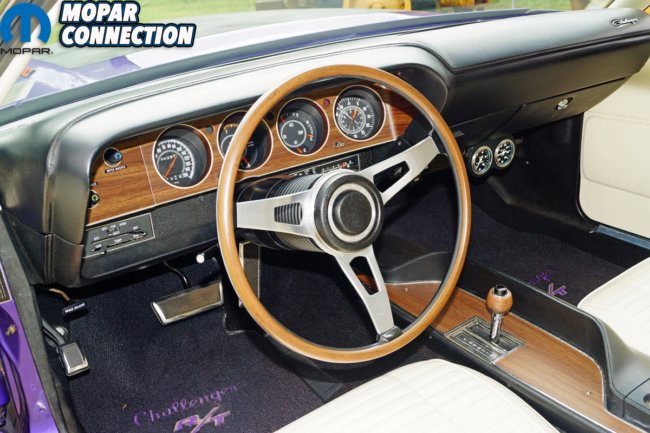
To find a resolution to the engine’s lack of power, pinging, and hot temperatures, Bret took the Challenger to several garages in the area around his hometown. Eventually, a technician performed a compression test and found the cranking pressures ranged between 205 and 220 pounds per square inch (PSI). There was not enough camshaft overlap to bleed off some cylinder pressure, and the 93-octane fuel could not prevent the engine preignition problems.
With answers to a decade’s worth of attempts to resolve the engine’s problem and with much deliberation, Bret once again pulled the engine. When Bret disassembled the engine, the previously recommended camshaft had no manufacturer or part number markings. Rather than fool around with more camshaft-related problems, Bret selected a factory replacement camshaft with a similar lift and duration as the original factory cam for this rebuild.
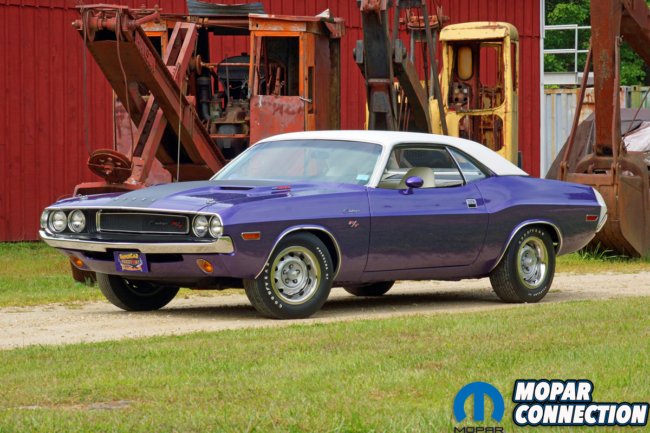
Each cylinder was honed, and the pistons were cleaned and fitted with new rings. The cylinder heads were cleaned and treated to a fresh 3-angle valve job. Although the hot engine temperatures had most likely been eliminated with a better camshaft selection, Bret added a 26-inch factory radiator, which replaced the 22-inch factory unit. Lastly, Bret updated the factory dual-point distributor with Pertronix electronic ignition internals to provide a maintenance-free ignition.
Since the last engine overhaul, Bret states the Challenger is a joy to drive. He noted, “the 440 has plenty of power, and the overheating problem is a thing of the past.” Bret enjoys cruising the Challenger to local shows, but when the loud pedal tempts him, he knows he can crack open a Six-Pack to go.


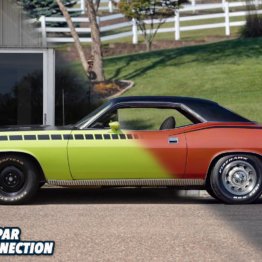
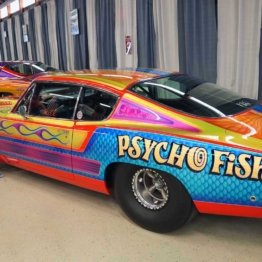
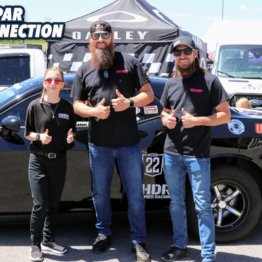

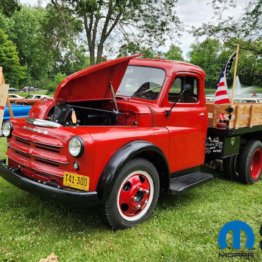
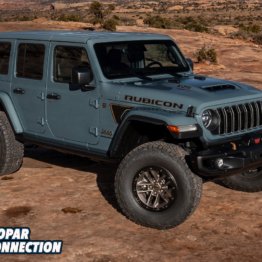






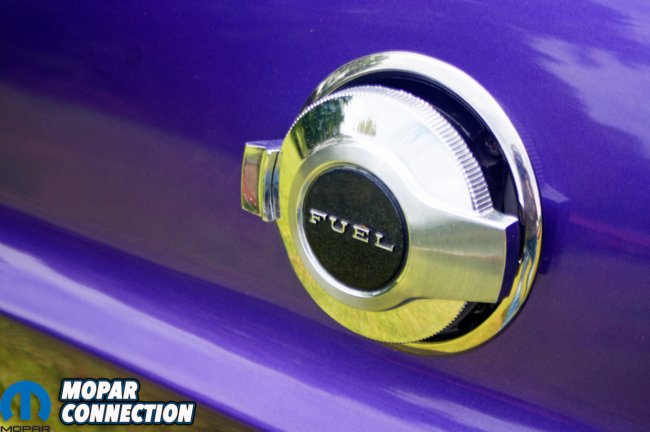



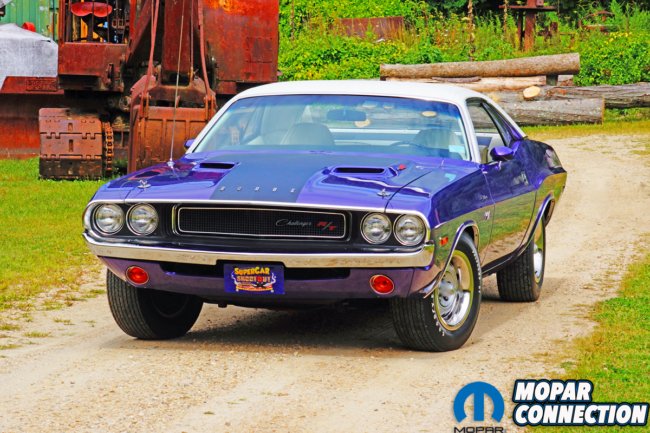

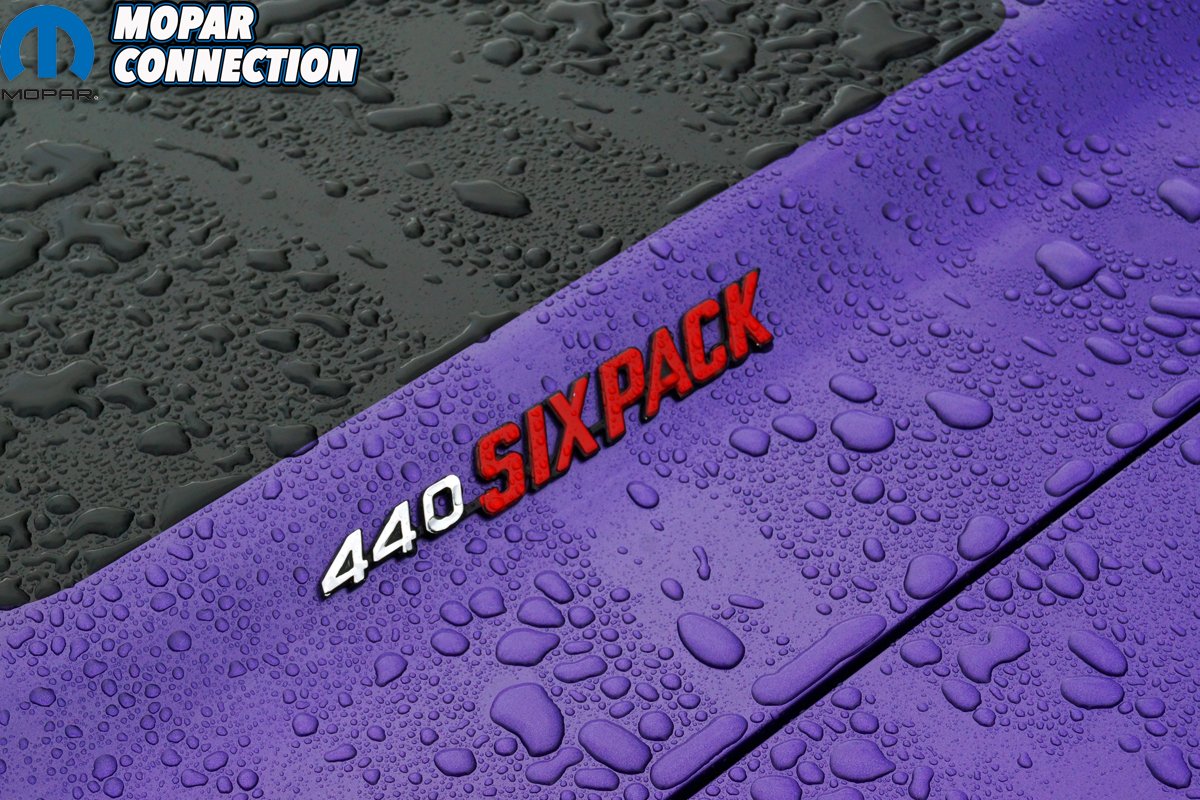
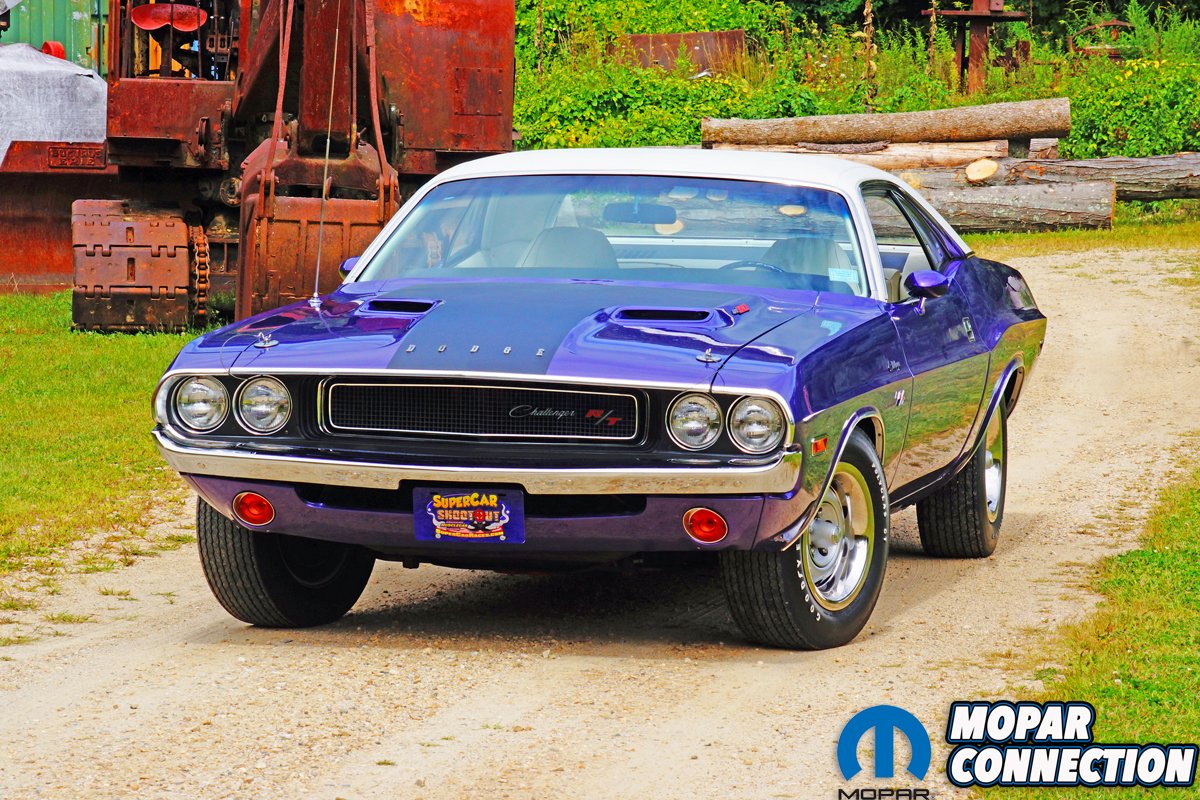
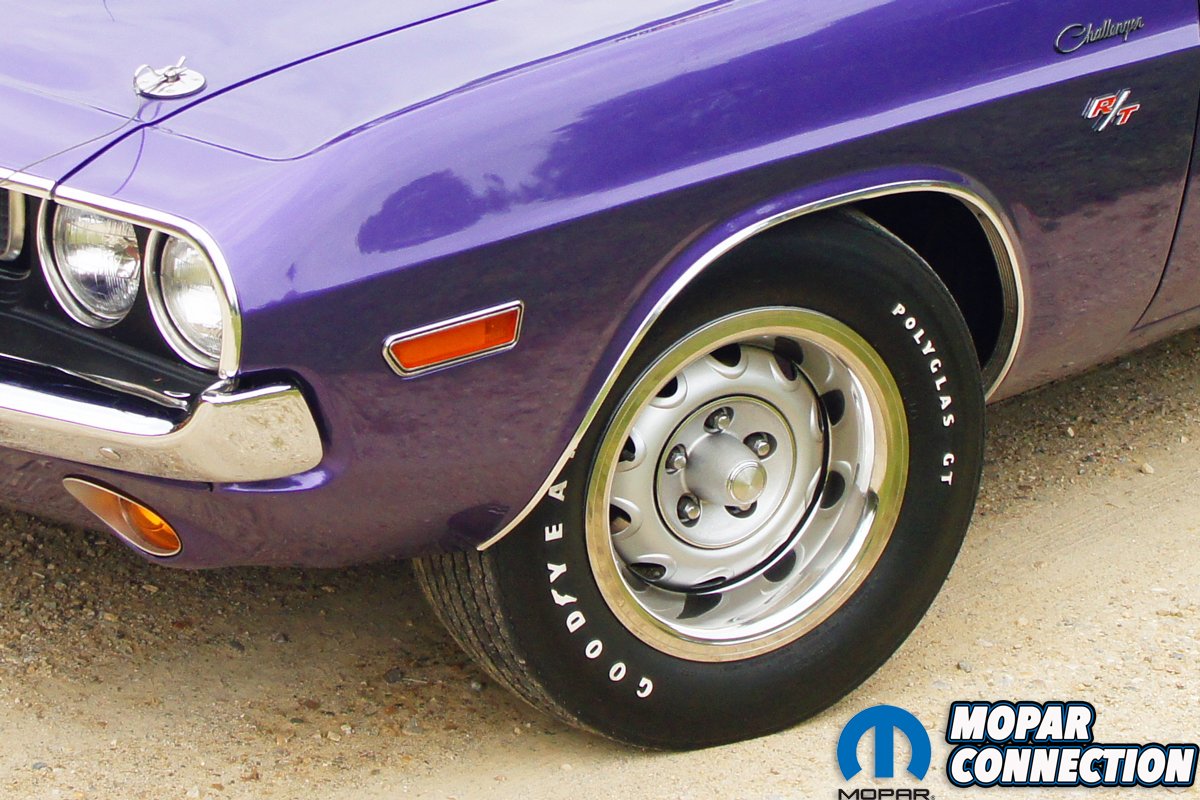
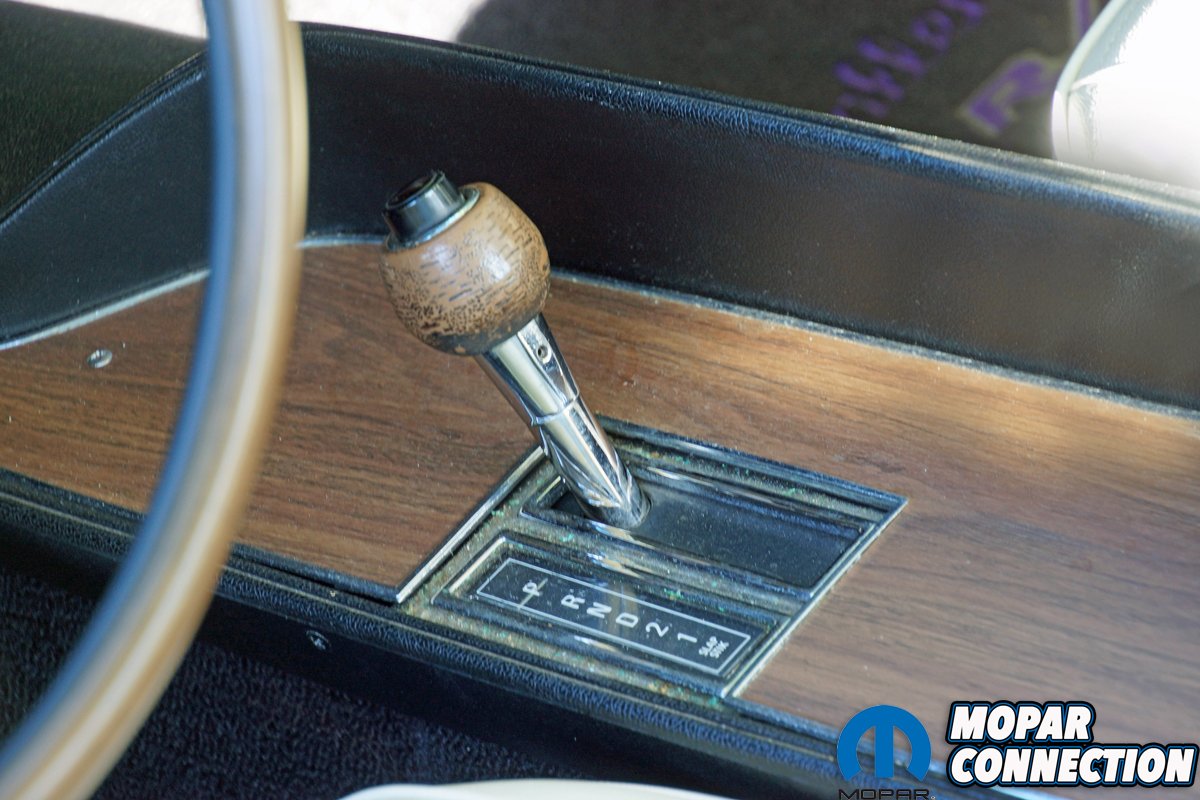
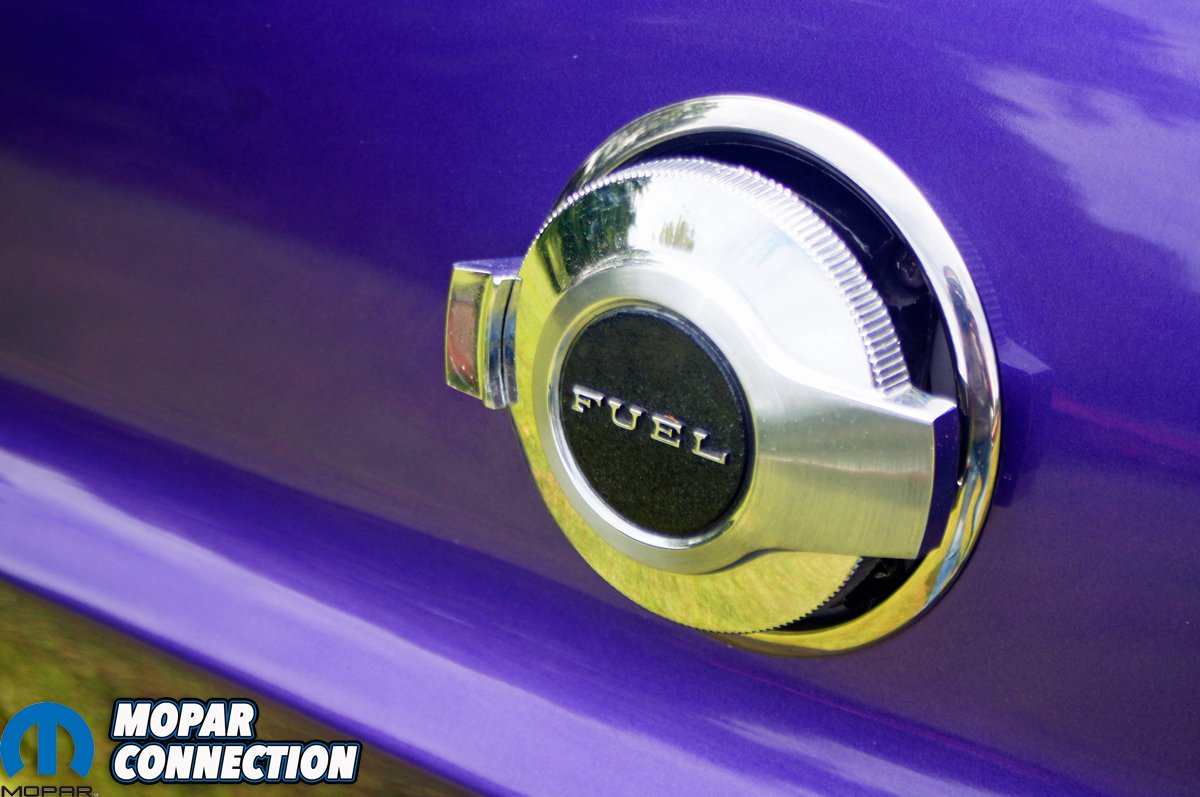
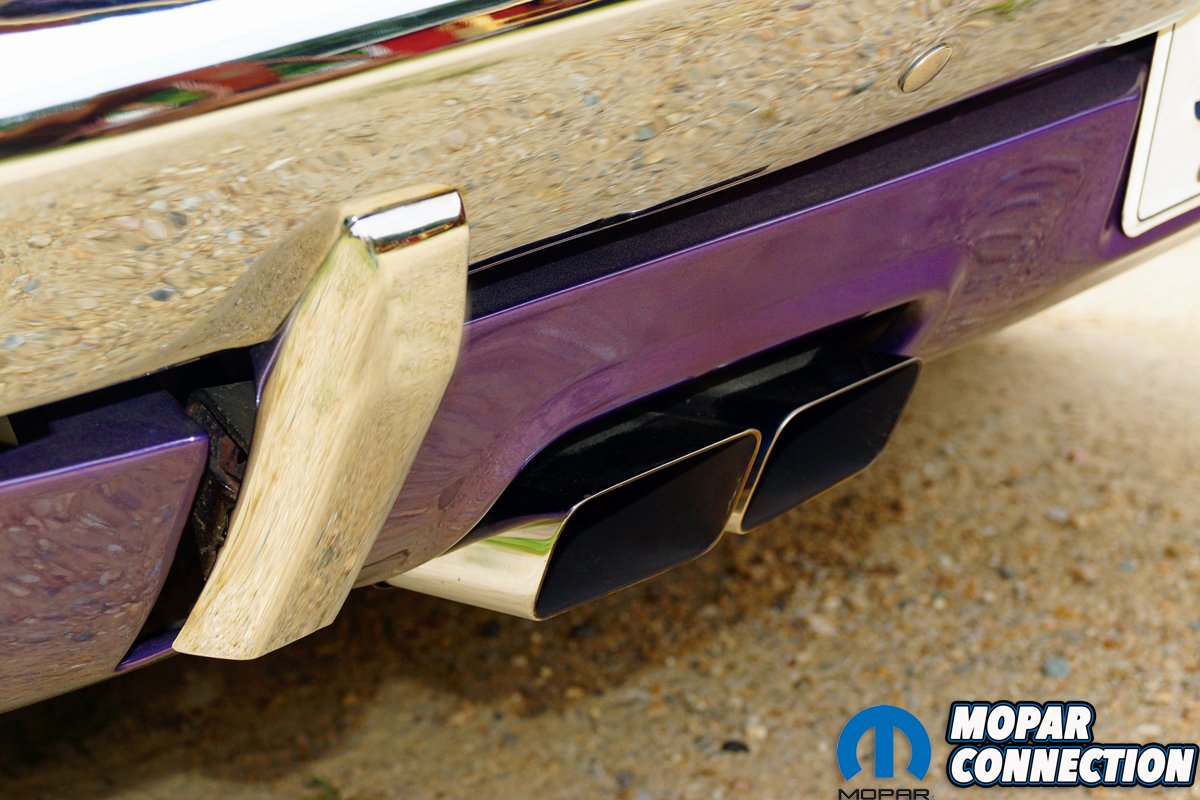
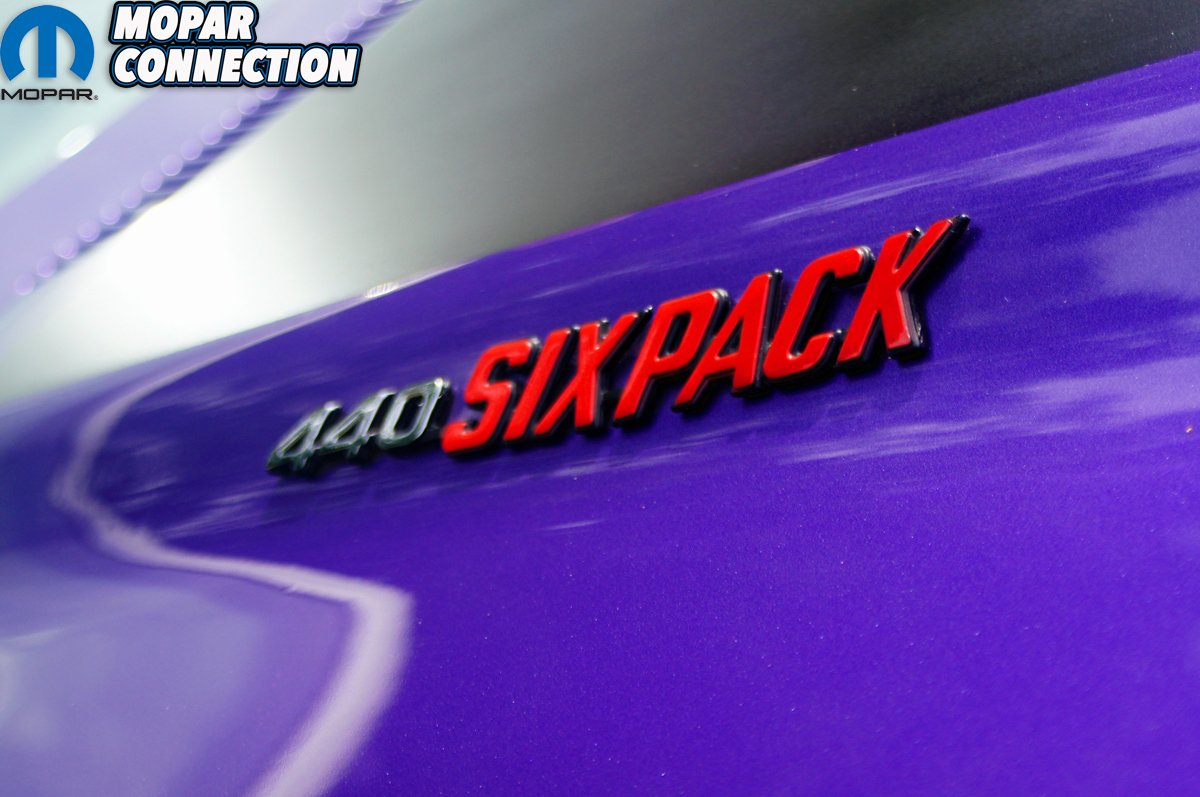
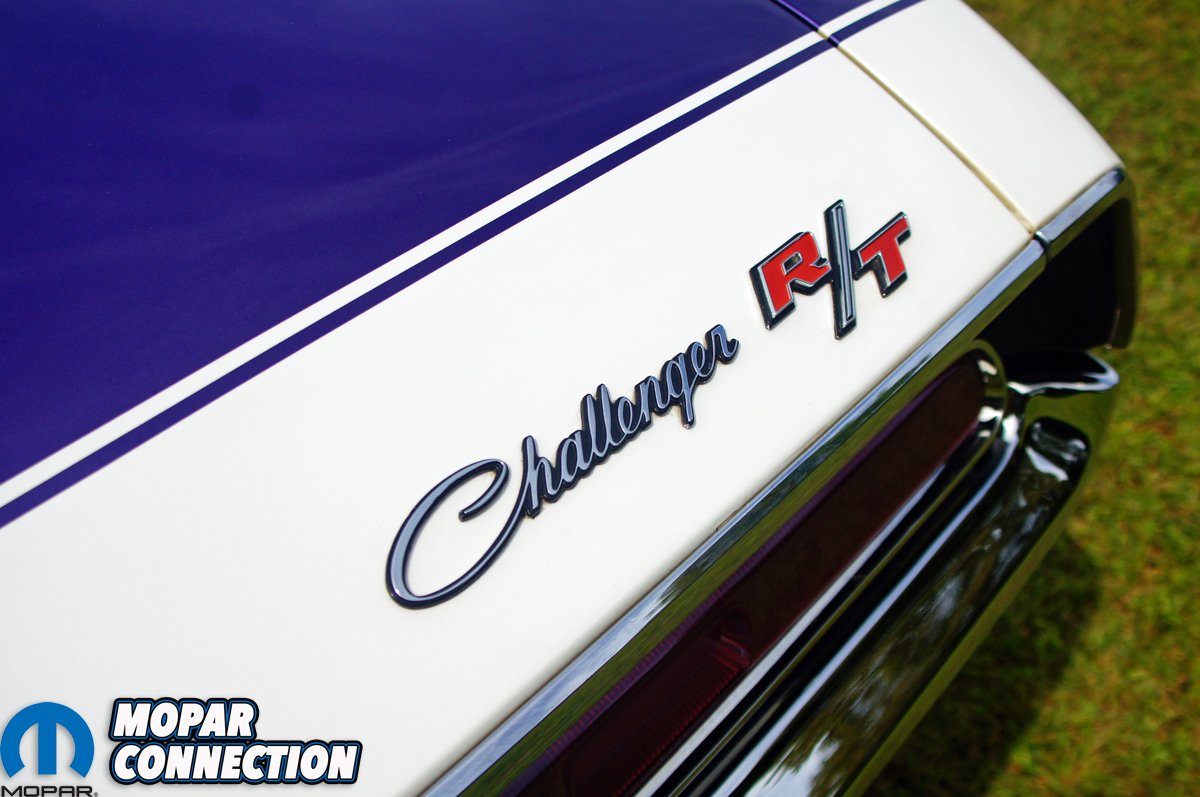

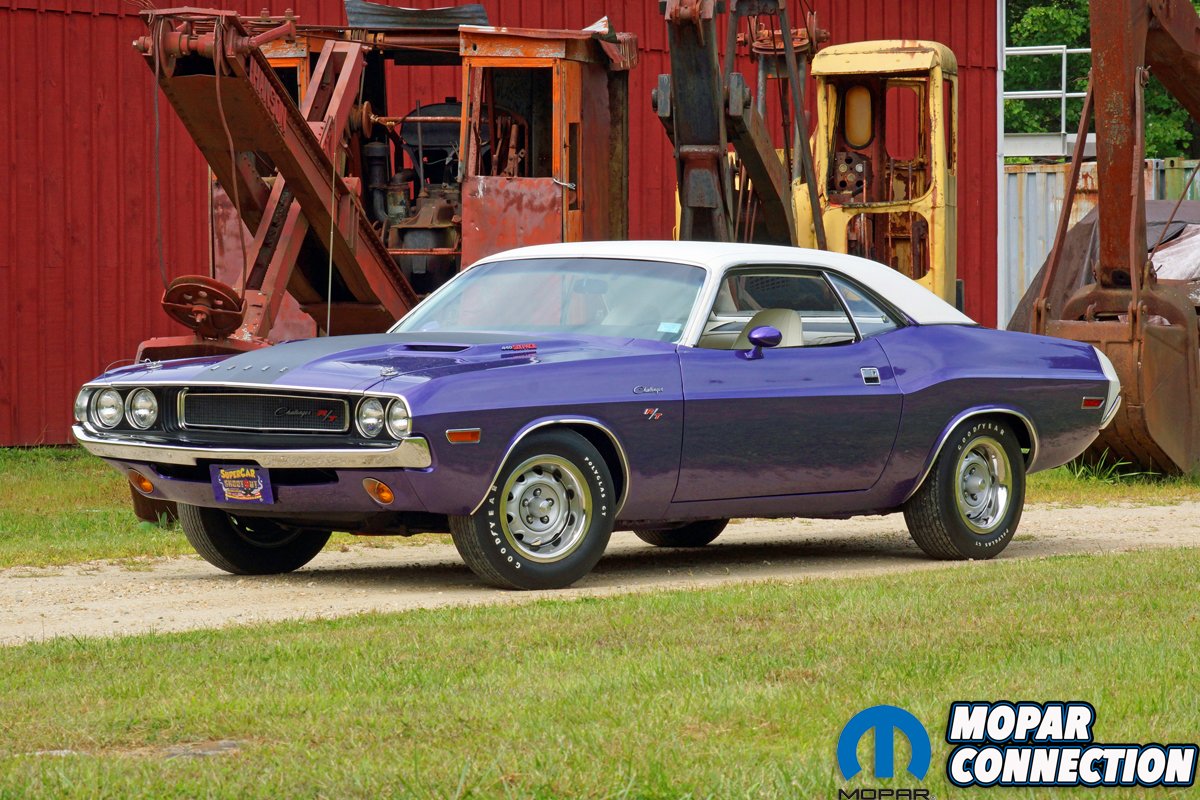


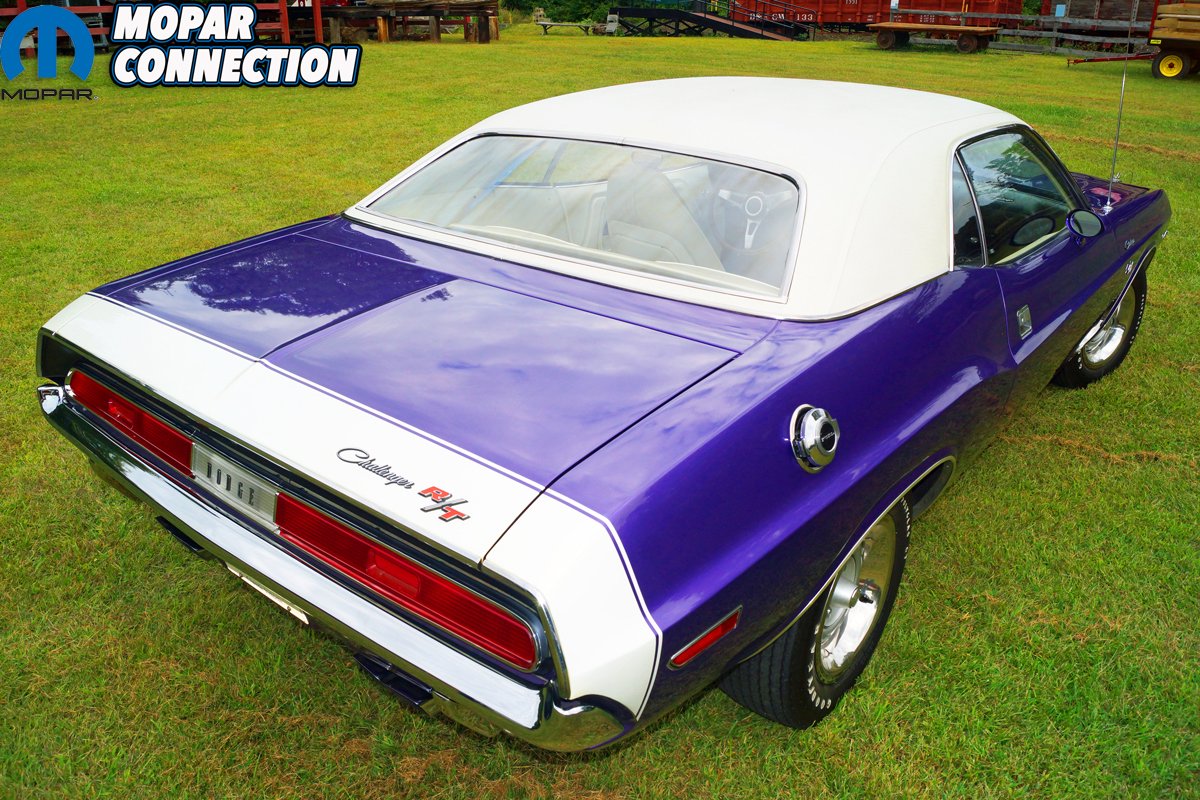
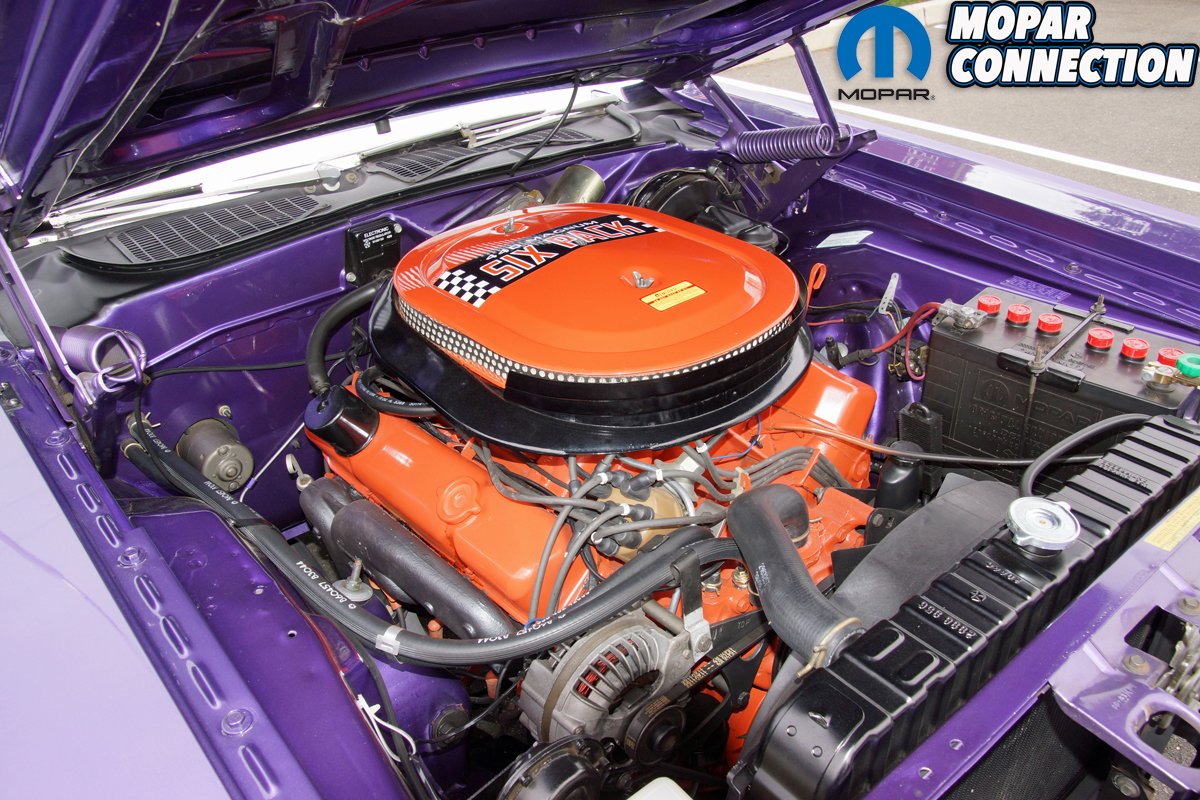
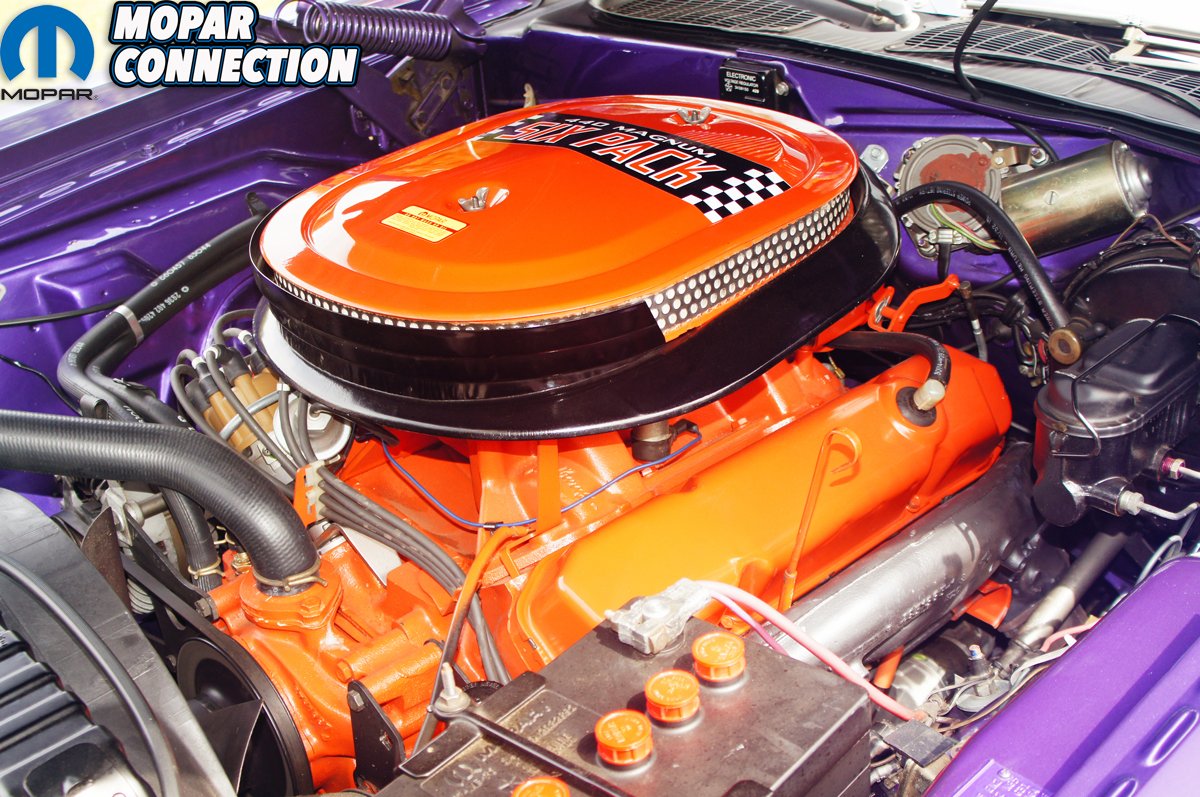
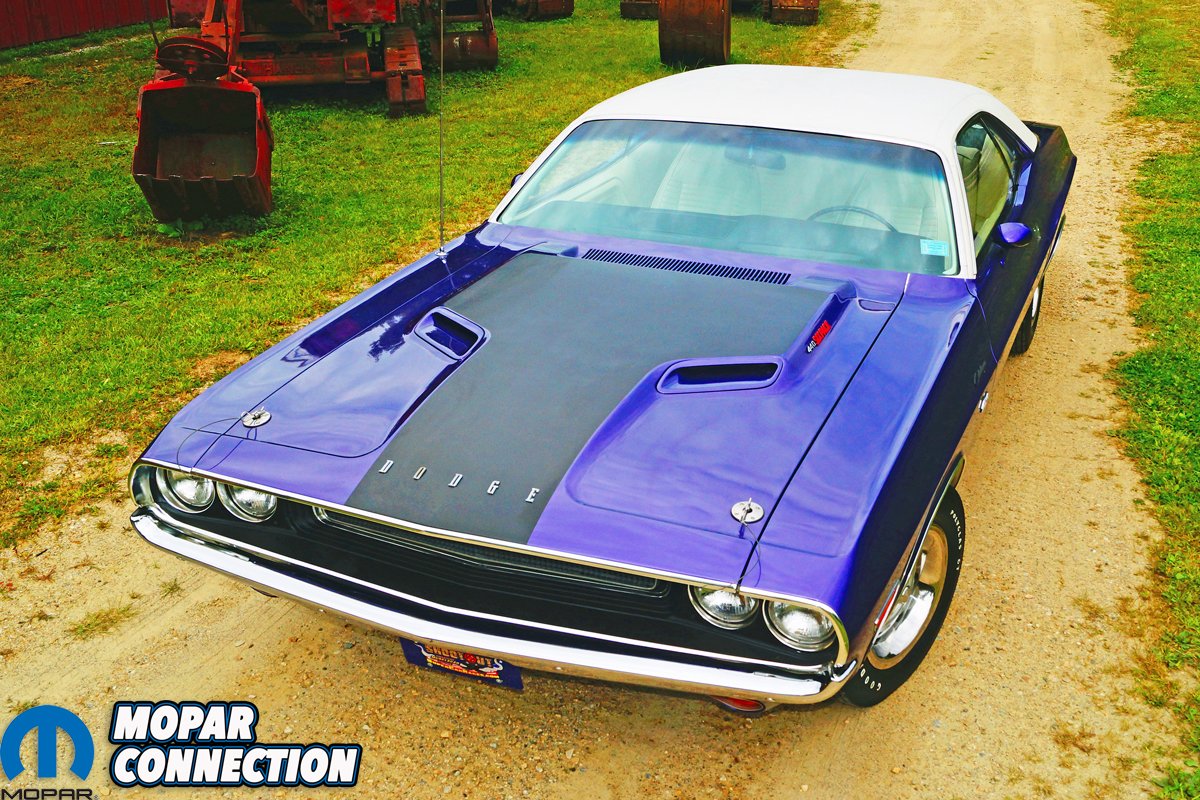



 Mopar Connection Magazine – The ONLY Daily Mopar Magazine © 2022. All Rights Reserved. Mopar Connection Magazine is the ONLY daily Mopar Magazine bringing you the latest Mopar news, technology, breaking news, and Mopar related events and articles. Find out the latest information about Mopar, Mopar products and services, stay up to date on Mopar enthusiast news, dealership information and the latest Mopar social media buzz! Sign up for the Mopar Connection Magazine newsletter for the latest information about new products, services and industry chatter. Mopar Connection Magazine is the best and only source you need to be a Mopar industry insider!
Mopar Connection Magazine – The ONLY Daily Mopar Magazine © 2022. All Rights Reserved. Mopar Connection Magazine is the ONLY daily Mopar Magazine bringing you the latest Mopar news, technology, breaking news, and Mopar related events and articles. Find out the latest information about Mopar, Mopar products and services, stay up to date on Mopar enthusiast news, dealership information and the latest Mopar social media buzz! Sign up for the Mopar Connection Magazine newsletter for the latest information about new products, services and industry chatter. Mopar Connection Magazine is the best and only source you need to be a Mopar industry insider! by
by